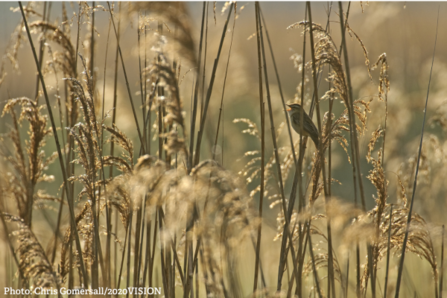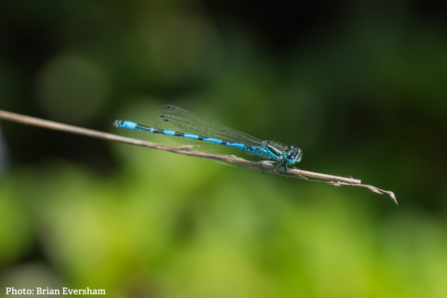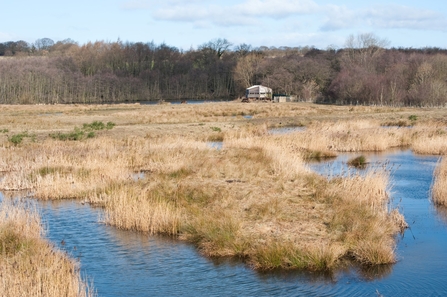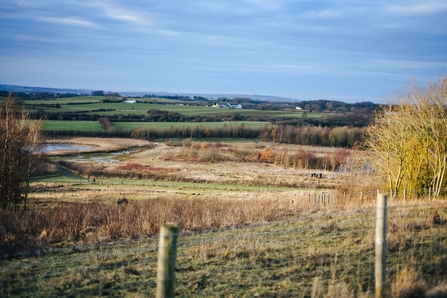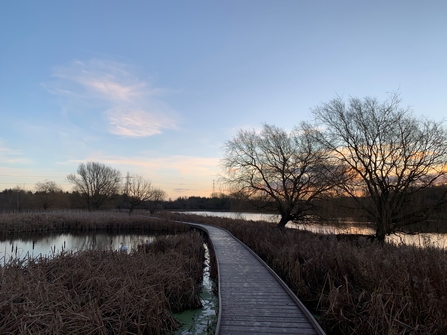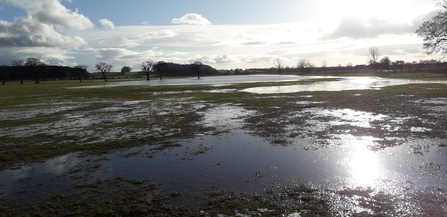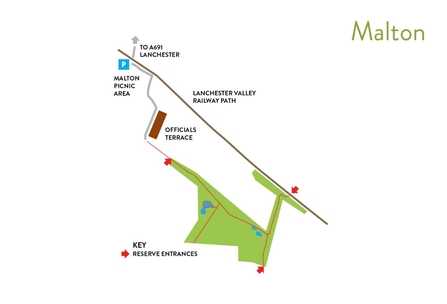Wetlands are complex and can often be made up of a diverse range of water dependant habitats. Across the North East, wetlands can be made up of redbeeds, peatbogs, rivers and streams, fen and carr, and standing water ranging from a small pond to a large lake. This diverse and complex range of habitats means wetlands are rich in wildlife. The wildlife you see is quite often determined by the type of wetland habitat present.
Fen and wet grasslands are often home to waders such as the curlew, snipe and golden plover. Within reed beds, you may see a harvest mouse building its nest between the stalks, or a bittern waiting by the water in search of fish. While, in a river or stream you would be likely to see otters and herons, hunting for fish such as salmon and trout.
Visitors to a wetland habitat may also spot sedge warblers sheltering in reed beds, water voles scurrying around the margins of ponds, and dragonflies and damselflies skirting the water’s edge…

